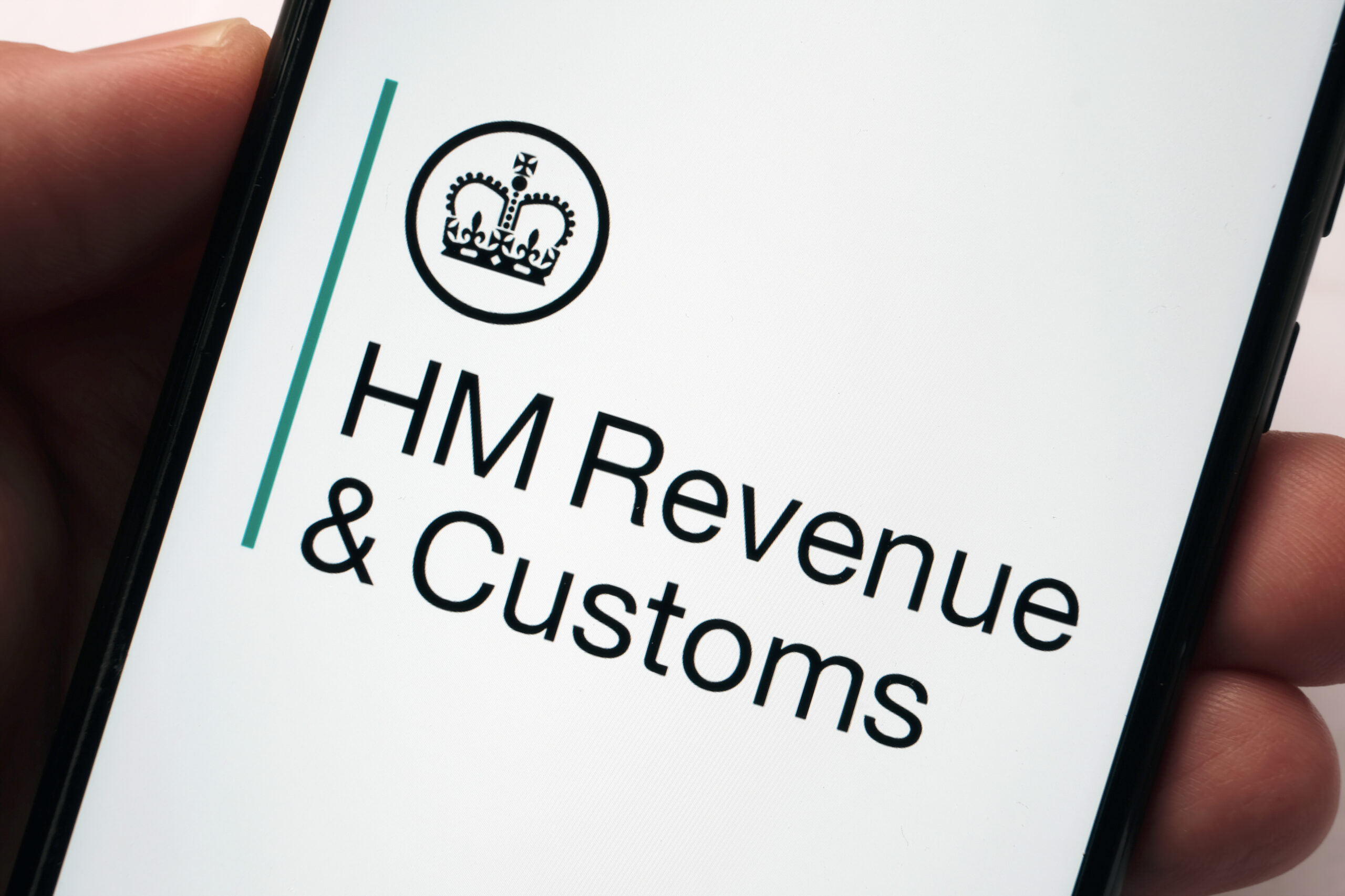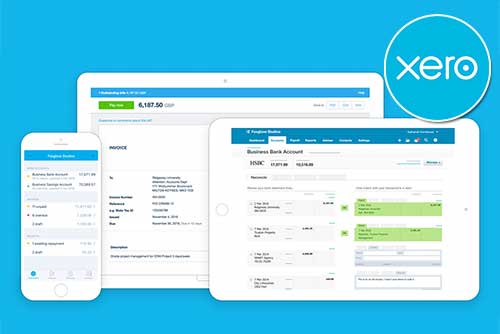What is Accrual Accounting?
Many people are puzzled by the term ‘accrual basis accounting’. This comprehensive guide aims to explain this concept, provide a clear understanding of what accrual basis accounting is, explain how it differs from cash basis accounting, and explain why many companies opt for this method.
We’ll explore how accrual accounting works in practice, including the process of recording revenue and expenses, illustrated with a practical example. We’ll also touch on the role of accruals and prepaid assets in this accounting method.
We’ll especially focus on the application of accrual accounting in small businesses. While this method offers several benefits, it also presents unique challenges for small businesses. By weighing these pros and cons, small businesses can choose the bookkeeping method that best suits their needs.
Defining Accrual Basis Accounting
Accrual basis accounting, a leading method in the accounting world, is the preferred choice for businesses seeking an accurate financial snapshot of their operations. This method recognises revenue and corresponding expenses as they are generated, not when the money is physically exchanged. This means that companies record revenue when it is earned and expenses when they are incurred, providing a more accurate view of their financial status.
Accrual basis accounting is not just about recording revenue and expenses. It also involves the use of balance sheet accounts like accounts receivable, accounts payable, prepaid assets, and accrued expenses. This method is in stark contrast to cash basis accounting, which, while simpler, may not provide a comprehensive financial picture.
The choice of accrual basis accounting by companies is not arbitrary. It is based on two key accounting principles: the matching principle and the revenue recognition principle. These principles ensure that expenses are recognised in the same period as the revenue they help generate and that revenue is recognised when it is earned or realised.
Accrual basis accounting offers a clearer relationship between revenue and expenses, providing better insight into profitability. It also presents a more accurate picture of a company’s assets and liabilities on its balance sheet.
In essence, accrual basis accounting provides a company with the best real-time financial picture available.
Accrual Basis Accounting vs Cash Basis Accounting
The choice between accrual basis accounting and cash basis accounting can significantly impact a company’s financial picture. The primary distinction lies in the timing of when transactions are recorded.
- Cash basis accounting, the simpler of the two, records income and expenses as they are paid or received. This method is straightforward, but it may not accurately reflect a company’s financial health at any given moment.
- Accrual basis accounting, while more complex, provides a more comprehensive view of a company’s financial status. This method records income when it’s earned and expenses when they’re incurred, regardless of when the actual cash changes hands. This approach allows for a more accurate matching of revenues with expenses, providing a clearer picture of a company’s profitability.
However, the complexity of accrual basis accounting can be a challenge for some businesses, particularly small ones. It requires a more detailed understanding of accounting principles and a more meticulous approach to bookkeeping. Despite this, many businesses opt for this method due to the more accurate financial representation it provides.
The choice between these two accounting methods can have significant implications for a company’s financial management and decision-making processes. Businesses need to understand the differences and choose the method that best suits their needs and capabilities.
While cash basis accounting may be simpler and less time-consuming, accrual basis accounting offers a more accurate and comprehensive view of a company’s financial status. This makes it a preferred choice for many businesses, despite its complexity.
Why Companies Choose Accrual Basis Accounting
The primary reason for this preference is the accurate financial picture it provides. Unlike cash basis accounting, accrual basis accounting recognises revenue when it is earned and expenses when they are incurred. This means that a company’s financial status is not dependent on the physical exchange of money, but rather on the economic activity that has taken place.
This method of accounting allows businesses to better manage their financial peaks and troughs. It provides immediate feedback on a company’s true cash position and future expectations. This real-time information is invaluable for performance management and future planning. It enables managers to identify areas for improvement and devise strategies to enhance their financial outlook.
However, the complexity of accrual basis accounting can be a deterrent for some businesses. It requires meticulous management of accounts receivable, accounts payable, and prepaid or deferred assets. But, with the advent of accounting software, these challenges can be mitigated. Software solutions — such as Mazuma’s online payroll service — automate and streamline the process, reducing errors and staff costs.
How Accrual Accounting Works
Accrual accounting operates on the principle of recognising revenue when it’s earned and expenses when they’re incurred, regardless of when the actual cash transaction occurs. Here’s how it works in practice:
Recording Revenue and Expenses
Consider a company that provides services to a customer in February but doesn’t receive payment until March. Under accrual accounting, the revenue is recorded in February when the service was provided, not in March when the payment was received. This is because the revenue was earned in February, even though the cash wasn’t received until the following month.
Similarly, if a company incurs an expense in one month but doesn’t pay it until the next, the expense is recorded in the month it was incurred. For example, if a company receives a bill for utilities used in February but doesn’t pay the bill until March, the expense is recorded in February. This is because the company used the utilities in February, creating the expense, even though the cash wasn’t paid until March.
Accrual accounting also involves the use of balance sheet accounts like accounts receivable and accounts payable. Accounts receivable is an asset account that reflects revenue a company has earned but hasn’t yet been paid for. On the other hand, accounts payable is a liability account that reflects amounts the business owes but hasn’t yet paid.
In essence, accrual accounting ensures that revenue and expenses are recorded in the correct periods, providing a more accurate reflection of a company’s financial performance and position.
Example of Accrual Accounting
Let’s look at a practical illustration of accrual accounting. Picture a scenario where your business’s manufacturing equipment requires ongoing maintenance work, initiated in the last month of the accounting period. However, the invoice for this service won’t be settled until it’s received in the first month of the subsequent accounting period once the work is completed.
In this situation, to ensure the completeness of your financial statements, it’s important to report the expense on the income statement for the current year. Simultaneously, the related liability should be reported on the balance sheet as of the last day of the accounting period.
The next step involves recording the accrual. This is achieved by making an adjusting entry that debits the maintenance expense and credits your accrued expenses payable. This process ensures that the expense is recognised in the period it was incurred, even though the payment will be made later.
This example illustrates the fundamental principle of accrual accounting — recognising revenue and expenses when they are earned or incurred, regardless of when the cash transaction occurs.
Accruals and Prepaid Assets
Accruals and prepaid assets are two key components in accrual accounting. Prepaid assets, also known as deferred expenses, are costs that have been paid in advance for goods or services to be received in the future. For instance, if a company pays for a year’s worth of insurance coverage upfront, this cost is initially recorded as a prepaid asset and then gradually recognised as an expense each month.
On the other hand, accruals represent liabilities or non-cash-based assets that have been incurred but not yet paid. These are recorded as accounts payable and are recognised on the balance sheet. For example, if a company has received goods from a supplier but has not yet paid the invoice, the amount owed to the supplier is recorded as an accrual.
Accruals and prepaid assets are both essential in ensuring that revenue and expenses are matched in the correct accounting period. This is important because, without recognising prepaid assets and accruals, a company might report higher profits in one period and lower profits in another, even though its operations have remained consistent.
Understanding the role of accruals and prepaid assets in accrual accounting is vital for accurately recording revenue and expenses. By doing so, companies can ensure their financial statements provide a true and fair view of their financial performance and position.
Implications of Accrual Accounting
Accrual accounting may not be suitable for all businesses. For instance, businesses that rely solely on cash payments for revenue and expenses may not find this method suitable. Most other businesses, especially those that extend credit to customers or use credit with their suppliers, will find that accrual accounting provides a more accurate picture of their overall financial health. Here are some of the implications of using an accrual accounting system.
Impact on Company Financial Status
Accrual accounting has a profound impact on a company’s financial status. It provides a more accurate and comprehensive view of the company’s financial health, which is crucial for strategic decision-making.
Let’s take an imaginary £3,000 sale by Smith & Co. Accrual accounting records it as an asset, even though the payment won’t be received until the next financial period. This allows the managing director to see the company’s true financial position, including both debts and sales.
Accrual accounting is also more attractive to investors, as it provides a clearer picture of a company’s underlying financial state. This can be a significant advantage for businesses seeking to grow and expand.
Accrual Accounting and Income Tax
Accrual accounting has a significant influence on a company’s income tax. In this method, businesses report their income tax in the year they recognise the revenue, irrespective of when they receive payment. Similarly, they deduct their expenses in the tax year they incur them, regardless of when they make payments. This approach can lead to tax payments being due on revenue that has been recognised, even though the company has not yet received the cash for some of those transactions.
The choice of accounting method does not determine a company’s profit — it only determines when they record a transaction. Although the choice of accounting may affect the amount of taxes they pay in one year, the following year’s taxes will make the necessary adjustments.
Benefits of Accrual Accounting for Small Businesses
Accrual accounting can be a game-changer for small businesses. One of the most significant advantages is the ability to gain a comprehensive understanding of the company’s financial health. This method allows businesses to have a clear view of the cash they are owed and the money they owe to others. It also provides insights into upcoming expenses and income in the next accounting period, enabling better financial planning.
Another key benefit is the alignment of expenses and revenues. Accrual accounting ensures that a business can account for both expenses and revenues for a given period, providing a more accurate financial picture. This is particularly beneficial for businesses that extend credit to customers or use credit with their suppliers.
Challenges of Accrual Accounting for Small Businesses
Accrual accounting can pose certain challenges for small businesses. The primary hurdle is the complexity of managing accounts receivable, accounts payable, and prepaid or deferred assets. Unlike the cash basis method, which simply tracks cash in and cash out, accrual accounting requires a more detailed approach. This often necessitates closing the books more frequently, sometimes monthly rather than annually, and managing subsidiary ledgers on a weekly or biweekly basis.
The transition from a cash basis to an accrual system can represent a steep learning curve for small businesses. It’s a significant shift that requires a thorough understanding of the accrual method and its nuances.
Another challenge is the resource intensity of accrual accounting which can be a significant burden for small businesses with limited resources.
Despite these challenges, many small businesses find that accrual accounting’s benefits outweigh the difficulties. Accounting software can greatly reduce the time and effort required, automating and streamlining the process. However, small businesses still need to carefully consider these challenges when deciding whether to adopt accrual accounting.
The Role of Accrual Accounting in Business
Accrual basis accounting provides a more accurate representation of a company’s financial status by effectively matching revenue with expenses. Despite the challenges it may pose, particularly for small businesses, its benefits in providing a comprehensive financial picture make it a preferred bookkeeping method for many. As such, understanding and effectively implementing accrual basis accounting is essential for businesses to assess their financial health and make informed decisions accurately.
We are here to support you with accounting decisions. Take a look at what our monthly accounting services include.





















